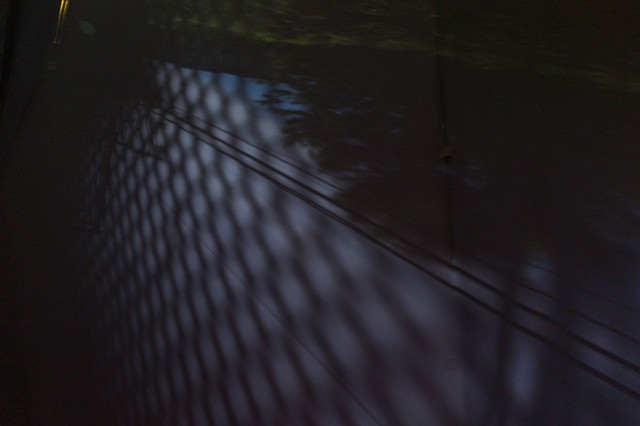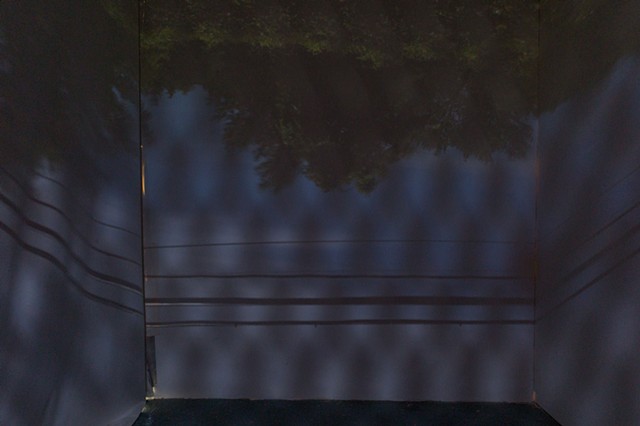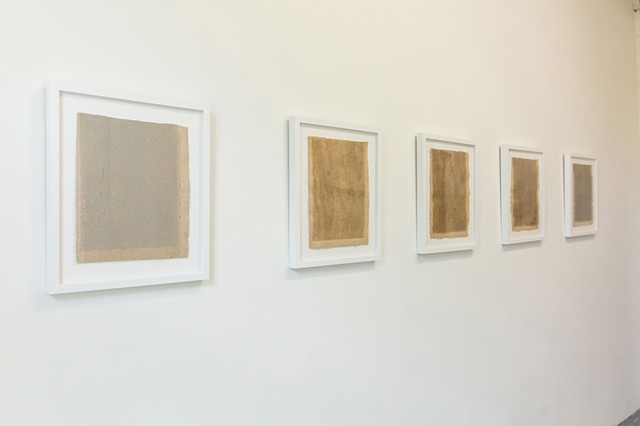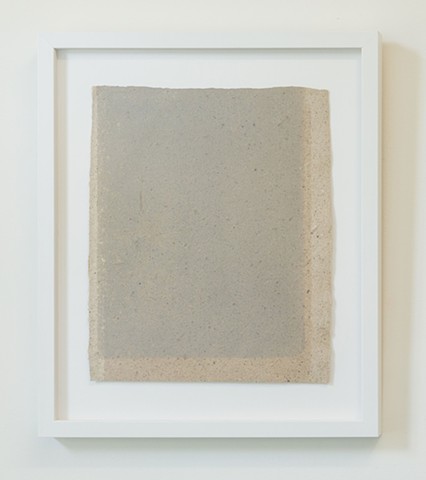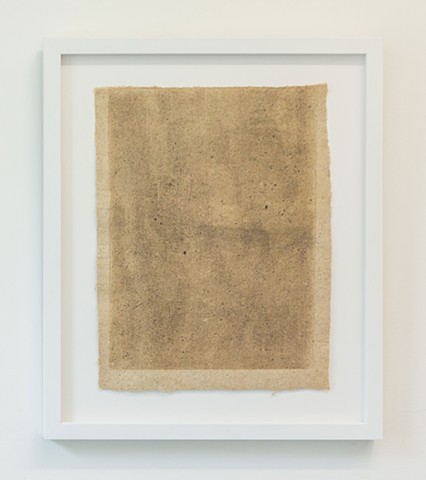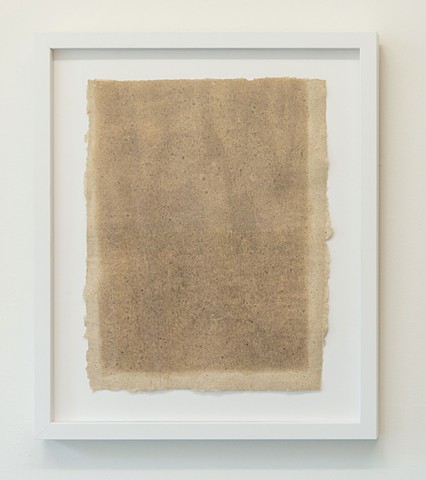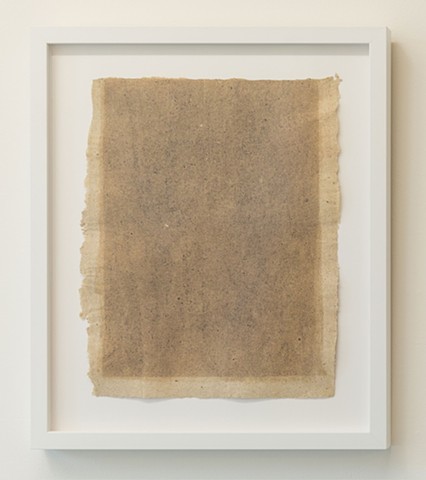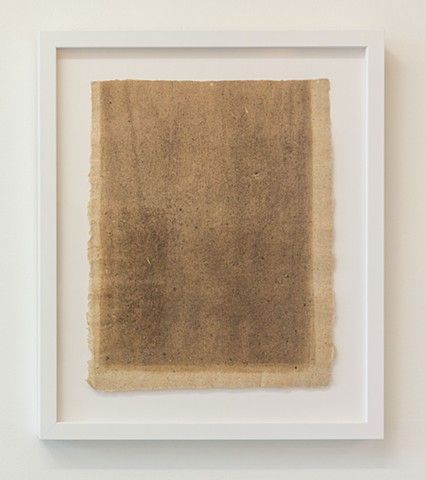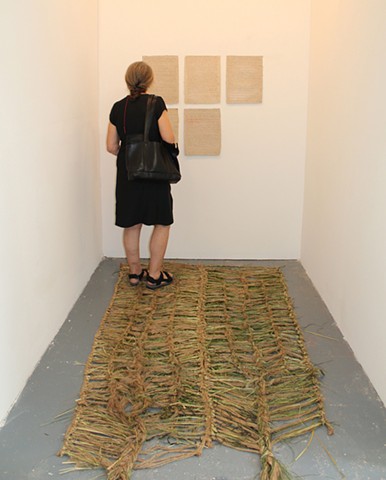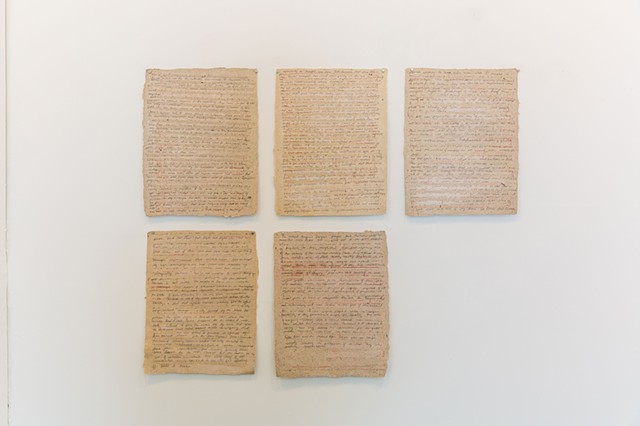Marginal Green Goldfinch Gallery Chicago 2017 Curator Elizabeth Lally
This work unearthed histories of redlining on Chicago's West Side as a way to understand why it continues to be under-resourced while holding myself accountable to the land's embedded legacies. I want to better understand Chicago’s inequitable systems and my own privilege. The work questions awareness of human-made borders, as well as land value and how it is owned and allocated. I worked in historically contested spaces on the West Side, home to activist groups like the Contract Buyers League and others, who strove to end inequality from redlining, unethical property ownership, land grab, and being kept out from capitalist structures of inherited wealth.
Vacant lots are not empty. They are spaces of histories, memories, narratives, and evidence.
“Confronting the perception of land as solely a financial instrument, Jaclyn Jacunski returns to sites in the urban landscape that we typically read in terms of negation (non-functioning, empty, undeveloped) and explores them as active traces of the land’s shifting histories. Lifting forms and symbols from the landscape, from fences to flags, to explore their impressions on the spaces around them, Jacunski asserts the material presence and agency of land, at points when the absence of formal urban structures might falsely suggest voids. The works in Marginal Green are sourced from Chicago's westside alleys, overgrown spaces, and urban edges, which Jacunski has explored—her walks and observations of the landscape probing alternative systems of knowledge and experience rooted in the land itself. These explorations engage marginal sites, from vacant lots to contaminated brownfields, where the native prairie plants of Jacunski’s “Colorfield” prints grow, as they actively absorb toxins from the soil, through phytoremediation. Like a shortcut beaten down through the undergrowth, Jacunski’s woven rug invites us to tread an earthy path within the gallery. Gradually, the dried, braided grasses will be worn down and dispersed, as viewers move in and out of Jacunski’s camera obscura—an installation engaging the gallery’s windows and the space beyond them, projecting, inverting, and re-spatializing that space within the gallery itself. The enveloping and ephemeral scene exists as a projection in flux, dependent on light and the adjustment of viewers’ eyes, where landscape and vision meet but never fully merge.” - Curator, Elizabeth Lally, 2017
